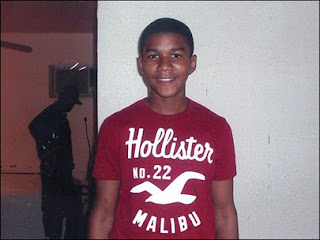The downside to using social media to get your news is it's not alway correct information. The article says that "some 50% of news consumers have received “breaking news” via social media, only to find out later it was erroneously reported." The article got their information from an online education portal schools.com.
I am by no means surprised that social media is taking over the news industry. I, for one, get my news from sites such as Twitter. When I first heard about the Osama killing, I saw it on Twitter, but before I believed it, I went to the television and watched the news to see if it was true. The article says that television is still the number one source and that is the reason why. People know that news on the television is true. Social media is growing at an amazingly fast pace and it will continue to grow in the future and I wouldn't be surprised if it surpassed television for the number one news source.



